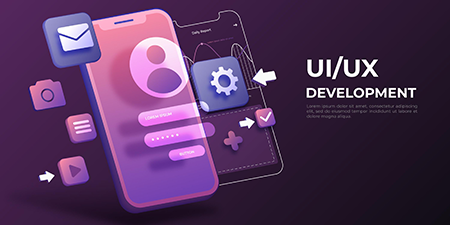Software programming involves the creation, design, implementation, and maintenance of computer programs or software applications that
instruct a computer to perform specific tasks or functions. Here's a breakdown of key aspects of software programming:
-
Programming Languages: These are formal languages used to write instructions that a computer can execute. Examples include Python,
 Java, C++, JavaScript, Ruby, and many others. Each language has its syntax, rules, and conventions.
Java, C++, JavaScript, Ruby, and many others. Each language has its syntax, rules, and conventions. -
Development Environment: This includes the tools and software used by programmers to write, test, and debug code. Integrated Development Environments (IDEs) like Visual Studio Code, PyCharm, IntelliJ IDEA, and Eclipse provide features such as code editors, compilers, debuggers, and version control integration.
-
Algorithm and Data Structures: Algorithms are step-by-step procedures for solving computational problems, while data structures are ways to organize and store data effectively. Understanding algorithms and data structures is fundamental to writing efficient and scalable code.
-
Object-Oriented Programming (OOP): OOP is a programming paradigm based on the concept of "objects," which can contain data in the form of fields (attributes or properties), and code in the form of procedures (methods or functions). Languages like Java, C++, and Python support OOP principles.
-
Software Development Life Cycle (SDLC): SDLC is a process used by software development teams to design, develop, test, and deploy software applications. It typically includes phases such as requirements gathering, design, implementation, testing, deployment, and maintenance.
-
Version Control Systems (VCS): VCS allows developers to track changes to source code over time. Git is one of the most popular distributed version control systems, enabling collaboration among team members and facilitating code management.
-
Software Design Patterns: Design patterns are reusable solutions to common problems in software design. Examples include Singleton, Factory, Observer, and MVC (Model-View-Controller). Understanding and applying design patterns can help improve the quality and maintainability of software systems.
-
Debugging and Testing: Debugging involves identifying and fixing errors or defects in software code, while testing involves verifying that the software behaves as expected under various conditions. Unit testing, integration testing, and regression testing are common testing methodologies.
-
Documentation: Writing clear and comprehensive documentation is crucial for understanding how software works, its purpose, and how to use it. Documentation may include code comments, user manuals, API documentation, and developer guides.
-
Continuous Integration/Continuous Deployment (CI/CD): CI/CD is a set of practices and tools used to automate the process of integrating code changes into a shared repository, testing those changes, and deploying them to production environments. It helps streamline development workflows and improve software quality.
Software programming is a vast and continually evolving field, and mastering its principles and practices requires continuous learning and practice.
If you like the article and in need fo such a service, please dont hesitate to contact us



